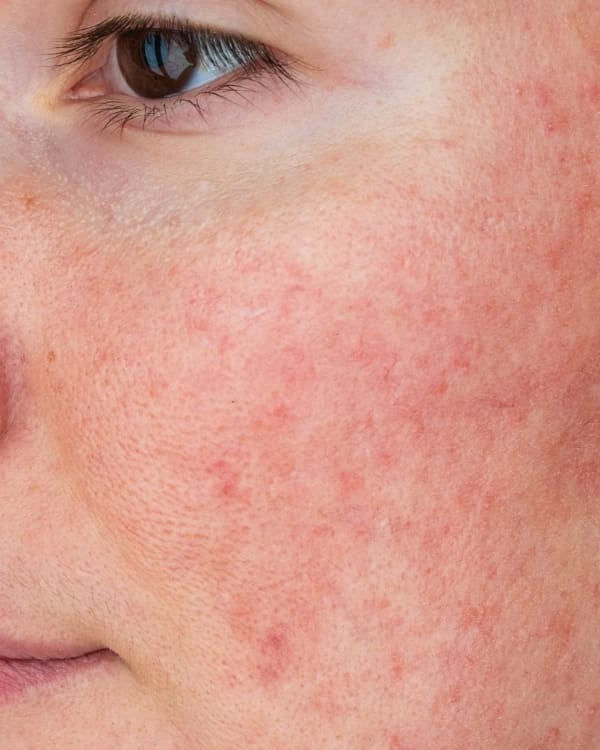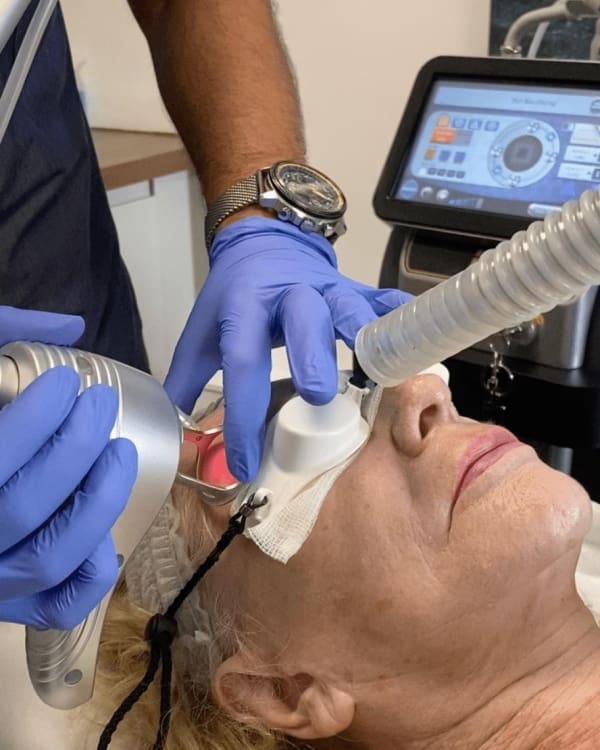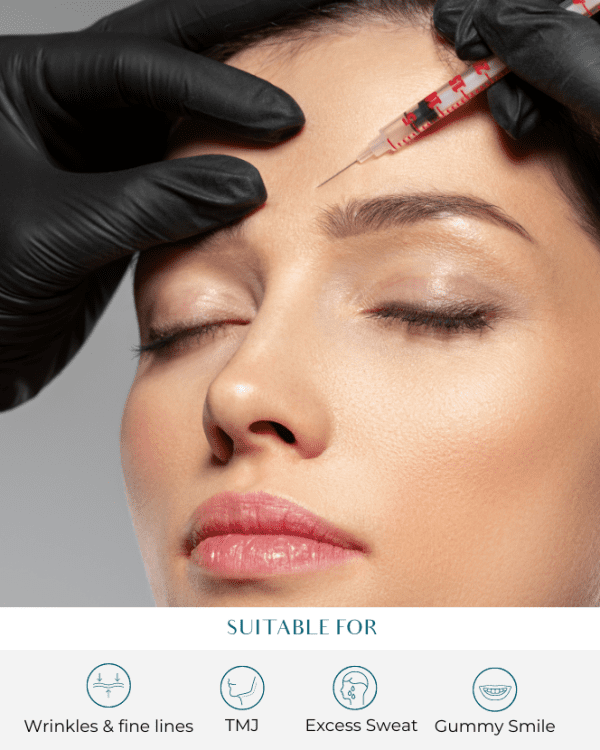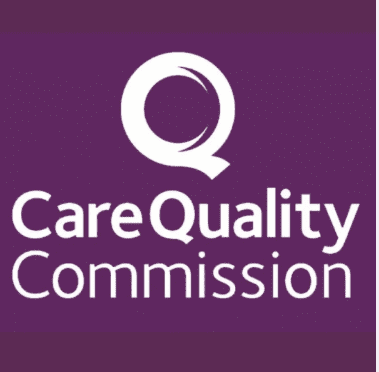Treatment for Sun Damage Skin: Sun-Damaged Skin Treatments
Sun-damaged skin, a common concern resulting from years of excessive sun exposure, can lead to significant skin damage. This damage can manifest in various ways, including wrinkles, age spots, and even skin cancer. Fortunately, there are effective treatments available to help repair and rejuvenate sun-damaged skin.
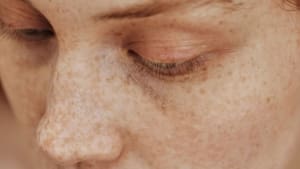
Understanding Sun Damage
Sun damage occurs when the skin is exposed to harmful ultraviolet (UV) rays from the sun. These rays penetrate the skin, damaging the DNA of skin cells and leading to a range of issues. Prolonged exposure to UV rays not only damages the DNA of skin cells but also increases the risk of developing skin cancers.
What is the Best Treatment for Sun Damaged Skin?
- Sun Protection:
- Wear Broad-Spectrum Sunscreen: Use a broad-spectrum sunscreen with an SPF of 30 or higher daily, even on cloudy days.
- Wear Protective Clothing: Cover exposed skin with protective clothing, such as hats, sunglasses, and long sleeves.
- Avoid Peak Sun Hours: Limit sun exposure during peak hours, typically between 10 AM and 4 PM.
- Avoid Tanning Beds: Tanning beds emit harmful UV rays and increase your risk of skin cancer.
- Topical Treatments:
- Retinoids: These vitamin A derivatives can help reduce fine lines, wrinkles, and uneven skin tone.
- Chemical Peels: Chemical peels remove the outer layer of damaged skin, revealing smoother, younger-looking skin.
- Glycolic Acid: This alpha hydroxy acid can help exfoliate the skin and improve its texture and tone.
- Laser Treatments:
- Laser Skin Resurfacing: This treatment can reduce wrinkles, age spots, and other signs of sun damage.
- Intense Pulsed Light (IPL): IPL therapy can target brown spots, sun spots, and broken blood vessels.
- Cryotherapy:
- This involves freezing noncancerous age spots or actinic keratoses with liquid nitrogen.
Common Signs of Sun Damage and Skin Cancer
- Premature Aging: Sun exposure can accelerate the aging process, resulting in wrinkles, fine lines, and sagging skin.
- Uneven Skin Tone and Texture: Sun damage can lead to uneven pigmentation, age spots, and a rough, uneven skin texture.
- Broken Blood Vessels: These tiny, visible blood vessels often appear on the face and legs due to sun damage.
- Precancerous Skin Growths: Actinic keratoses are precancerous growths that can develop on sun-exposed areas of the skin.
- Skin Cancer: Prolonged sun exposure is a major risk factor for skin cancer, including basal cell carcinoma, squamous cell carcinoma, and malignant melanoma.
Risks and Prevention
Sun-damaged skin poses several risks, including the development of skin cancer, premature aging, and uneven skin tone. To prevent sun damage, it is essential to practice good sun protection habits. Here are some tips to help you prevent sun damage:
- Use a Broad-Spectrum Sunscreen: Apply a broad-spectrum sunscreen with a sun protection factor (SPF) of at least 30. Reapply every two hours or immediately after swimming or sweating to ensure continuous protection.
- Wear Protective Clothing: When spending time outdoors, opt for protective clothing such as a wide-brimmed hat, long-sleeved shirts, and pants to shield your skin from harmful UV rays.
- Seek Shade: Especially during peak sun hours (10 AM to 4 PM), seek shade to minimize direct sun exposure.
- Avoid Tanning Beds and Sun Lamps: These devices emit UV radiation that can cause significant sun damage and increase the risk of skin cancer.
- Wear UV-Protective Sunglasses: Protect your eyes and the delicate skin around them by wearing sunglasses that provide 100% UV protection.
By following these tips, you can reduce your risk of sun damage and prevent premature aging, maintaining a more even skin tone and healthier skin overall.
Skin Cancer Concerns
Sun-damaged skin significantly increases your risk of developing skin cancer, the most common type of cancer. It’s estimated that one in five Americans will develop skin cancer by the age of 70. There are three main types of skin cancer to be aware of:
- Basal Cell Carcinoma: The most common type of skin cancer, typically treatable with surgery. It often appears as a small, shiny bump or a red patch.
- Squamous Cell Carcinoma: The second most common type, which can be more aggressive than basal cell carcinoma. It may present as a scaly, red patch, an open sore, or a wart-like growth.
- Melanoma: The most aggressive and potentially deadly form of skin cancer. It can develop in an existing mole or appear as a new dark spot on the skin.
If you notice any changes in your skin, such as a new mole or a change in the size, shape, or color of an existing mole, it is crucial to see a dermatologist. Early detection and treatment can significantly improve your chances of survival and reduce the risk of severe complications.
Advanced Treatments for Sun-Damaged Skin
For those looking to repair sun-damaged skin, several advanced treatments can help reduce the appearance of fine lines and wrinkles, improve skin tone, and remove sunspots and other discolorations:
- Chemical Peels: This non-surgical treatment uses a chemical solution to remove the top layers of the skin, revealing smoother, brighter skin underneath. It’s effective for reducing fine lines, wrinkles, and uneven skin tone.
- Laser Skin Resurfacing: Utilizing high-energy light, laser skin resurfacing stimulates collagen production and improves skin texture. It’s particularly effective for treating wrinkles, age spots, and other signs of sun damage.
- Microdermabrasion: A non-invasive exfoliating treatment that uses fine crystals to remove dead skin cells, microdermabrasion can enhance skin texture and tone, making the skin appear more youthful and radiant.
- Microneedling: This minimally invasive procedure uses tiny needles to create micro-injuries in the skin, stimulating collagen production and improving skin texture. It’s effective for reducing the appearance of fine lines, wrinkles, and scars.
These treatments can be used alone or in combination to achieve optimal results, helping to repair sun-damaged skin and restore a more youthful, even complexion.
Natural Healing and Prevention of Sun Damage
While medical treatments can effectively address sun damage, incorporating natural healing practices and preventive measures can further enhance your skin’s health.
- Hydration: Drink plenty of water to keep your skin hydrated and healthy.
- Healthy Diet: A diet rich in antioxidants, vitamins, and minerals can support skin repair and renewal.
- Stress Management: Stress can exacerbate skin conditions, so practicing stress-reduction techniques like meditation or yoga can be beneficial.
By understanding the causes and consequences of sun damage, and by taking proactive steps to protect and repair your skin, you can enjoy a healthier, more youthful complexion.




















































